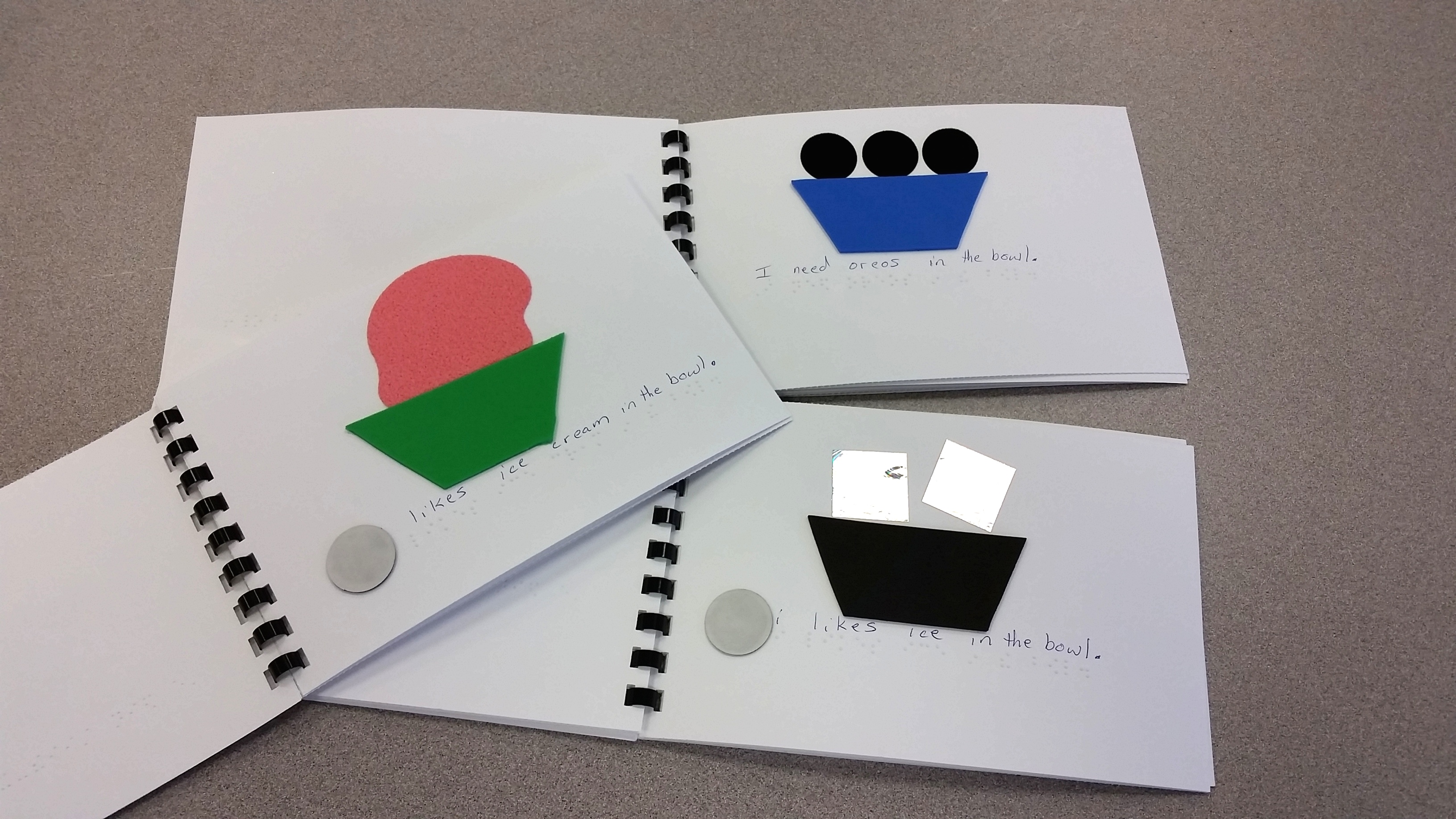“Can We Do Oreo Reading Now?” #1 Key Word Books

I was very fortunate to attend a workshop a few years ago given by Diane Wormsley. Her functional approach (I-M-Able) to learning to read braille works well with students with blindness and other disabilities.
This year I worked with a middle school student who had learned the basics and had 10 key words using Diane's I-M-Able approach. I realized that even though the student chose her key words that the motivation was not always there. I decided to try a project based learning project with her. After implementing project-based learning, my student asked if she could do oreo reading.
This strategy will focus on the teacher-created Key Word Books.
- Teacher Created Key Word Books
- Carousel of Textures
- Braille paper
- Brailler
For students with intellectual disabilities, practice with key words when the Teacher of the Visually Impaired (TVI) is not present is important. Each time I introduce new key words to my student, I create a book with many repetitions of the key word(s) with words that are already known to the student. Write the words above the braille so the classroom teacher/assistant can use the books in her reading program. I make 3 copies of each book. I keep one, give one to the teacher, and send the other home. The Key Word Books also contain consistent textured pictures. I found that the easiest way to develop the books was to start with the culminating project book and work backwards. I simplified the recipe and wrote the book.
When creating the other books in the series, I introduced 1 - 3 words in each book depending on how different or similar the braille words were to the other words. Repetition of the new words is the key. Silly sentences make that repetition easy. Our first project was a recipe for Oreo ice cream and the second was making pizza. My student learned all the words needed to complete the activity. We did the activities in her vocational classroom with her entire class. My student read the recipe while we all followed along.
I attached the key word book duxbury file for Pizza Book. I embossed it onto 11 x 11.5 braille paper and cut each sheet in half after embossing. The cheese book is a full page book. The Pepperoni Pizza Recipe is a one page recipe with no pictures that I used for the actual activity. Remember to use unique textures and shapes to create the pictures. For the pizza, I used a smooth mylar material because I needed all of the other "ingredients" to stick to it.
- Book materials can be adapted to student interests and ability levels.
- Use a picture book with one word per page for beginning braille readers.
- For more advanced readers, create recipes without pictures and incorporate measurement.

